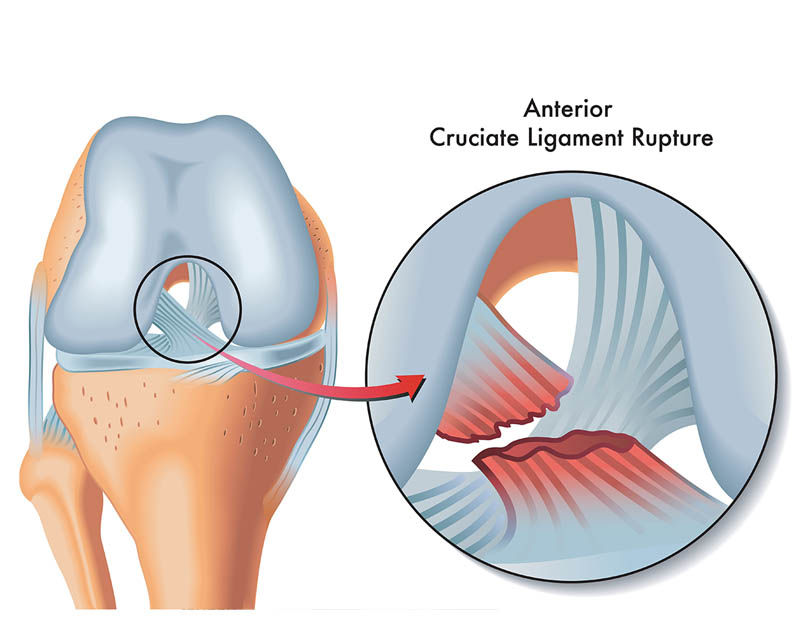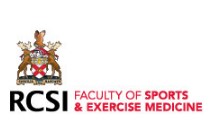Anterior Cruciate Ligament Injury
Anterior Cruciate Ligament Injury
What is an anterior cruciate ligament?
A ligament is a structure that connects a joint bone to bone. The anterior cruciate ligament (ACL) is one of 4 major stabilisers of the knee joint. It is situated in the centre of the joint. It has a major role in providing support for knee rotational movements.
Injury incidence and Presentation
The most common mechanism of injury is sport and in 65% of our cases here at SSC, this will not have involved contact.
The typical history is a ‘pivot’ or ‘cut and turn’ move with a sensation of knee instability and buckling. Some individuals report a “pop” or hearing a crack from the joint.
This invariably leads to acute pain and an inability to continue in the activity with the subsequent development of swelling. Not all injuries are typically sustained in sport, with some sustained in high energy trauma or in any uncontrolled rotational movement.
A tear of the anterior cruciate ligament can cause both short and long term issues with interference in normal knee function.
Diagnosis
An ACL injury can occur in isolation however in some cases damage to other knee structures can take place such as meniscal cartilages, chondral joint surfaces, other ligaments and the actual bones themselves.
For this reason, an urgent MRI scan is required for individuals with a suspected ACL tear or who present from a sports pitch with a significantly painful and swollen joint.
Initially an X-Ray can be beneficial to rule out any major bone injury especially when a full clinical assessment can still be difficult due to pain and swelling.
Initial Treatment
The knee can be sore for several weeks afterwards to varying degrees. Usually the acute pain and swelling gradually resolve leading to the normal resumption of day to day activities. Physiotherapy has an important role at this stage through introducing strength drills, restoring range of motion and a normal walking pattern in preparation for possible surgical treatment. This phase is termed “prehabilitation”. There is evidence to suggest it may improve overall outcomes and can make the early post-surgical recovery easier.
Prognosis
Unfortunately an ACL injury has poor capacity to heal leading to an instability of the knee mainly in activities that involve rotation. Returning to sports that involve pivoting for example gaelic football, hurling/camogie, soccer and rugby can be difficult. The desired goals of the patient will determine whether to proceed with surgery. Generally, the younger the patient and the more demanding the activity, the more likely that a surgical reconstruction of the ACL will be warranted.
Research Findings
Numerous studies support that young patients in particular are vulnerable with an unstable knee and frequently struggle to have a meaningful return to demanding sports without an ACL reconstruction. Our data at SSC demonstrates that about a third of our reconstructions are in the 12-20 year old age group. Evidence also suggests that without a stable knee, there is a higher rate of subsequent meniscal cartilage tearing and hence the potential for articular surface damage leading to premature osteoarthritic problems in the knee. For these reasons, most young and active sporting individuals are therefore felt to benefit from ACL reconstructive surgery.












